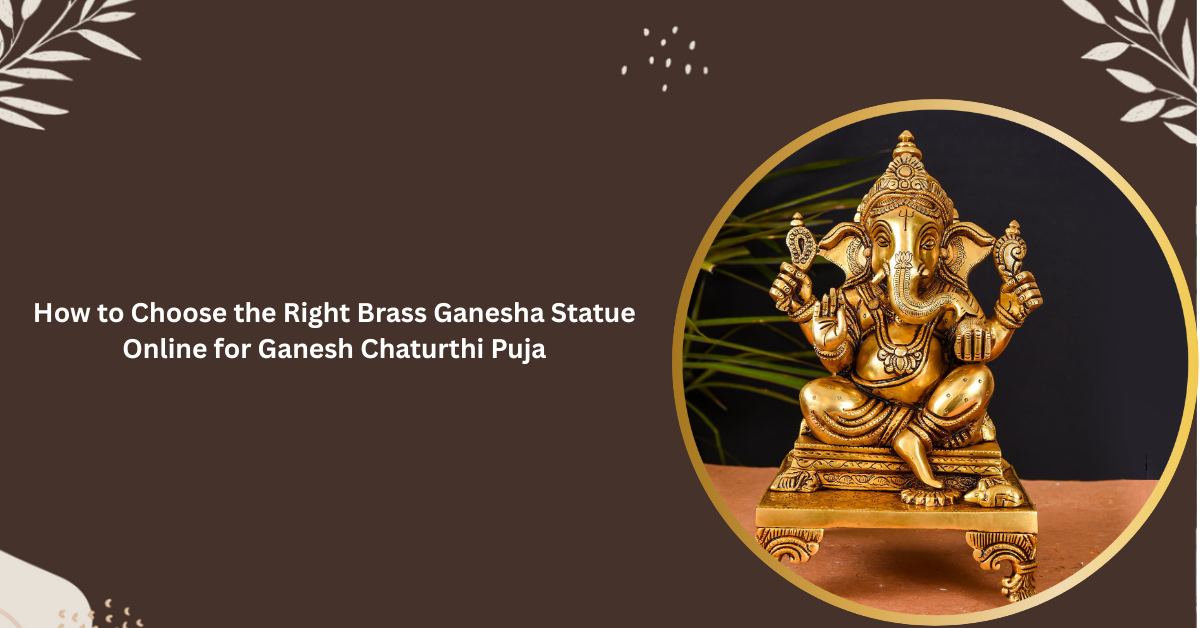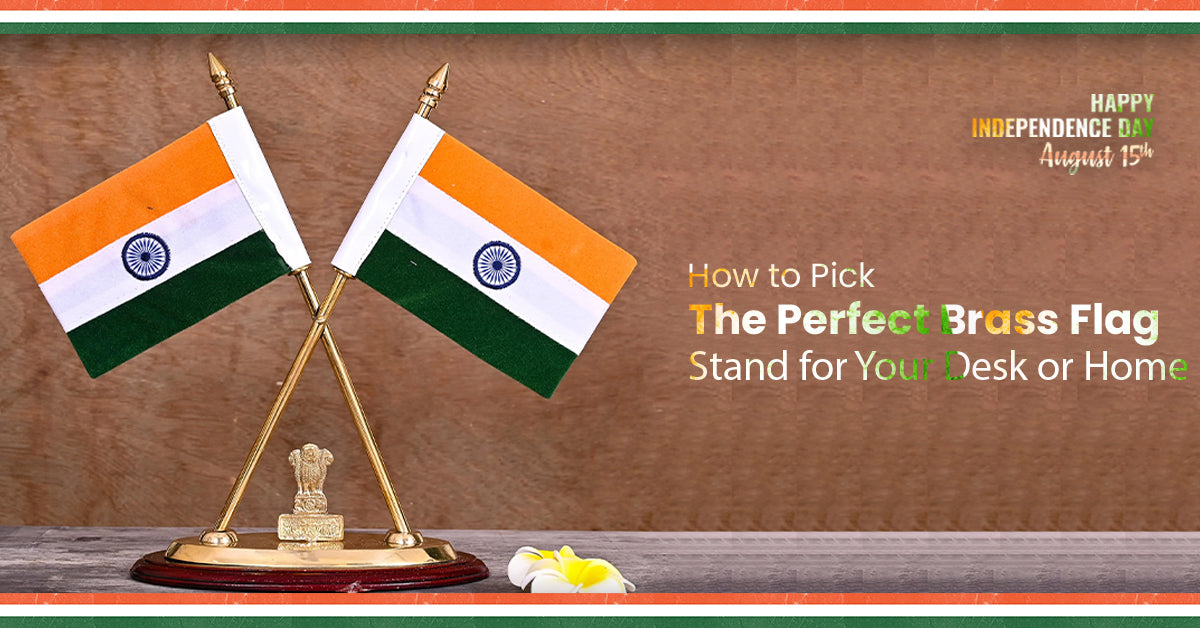

The Brass Katar: Unveiling Its Origins and Cultural Influence Across Civilizations
, by javed techqart, 6 min reading time
The Brass Katar, a unique and distinct weapon, is significant in history due to its distinct design and cultural significance. Characterized by a blade with H-shaped crossguards and a grip that allows for direct punching strikes, the Brass Katar has captured the interest of historians, martial arts enthusiasts, and collectors alike.
Exploring the origin and historical significance of the Brass Katar is crucial for gaining insight into weaponry's evolution and understanding various civilizations' cultural and martial practices. By delving into its origins, we can unravel the story behind this intriguing weapon and appreciate its impact on the societies that employed it.
Historical Background
The Brass Katar is a specialized weapon primarily composed of a triangular or diamond-shaped blade. Its distinctive feature is the H-shaped crossguards that protect the user's hand and allow for better control during thrusting and punching motions. The grip of the Katar is designed to fit snugly around the user's knuckles, enabling powerful and precise strikes.
The roots of the Katar can be traced back to ancient times when it emerged as a formidable weapon in different parts of the world. The need for close-quarters combat and self-defense likely influenced its design and functionality. The exact origins of the Katar remain debatable, with several theories attributing its creation to various civilizations.
Spread of the Katar across Civilizations
As civilizations interacted and exchanged ideas, the use of the Katar spread across regions, leaving traces of its influence in different cultures. From its early origins, the Katar found its way into the arsenals of numerous civilizations, evolving in design and technique as it assimilated into new cultural contexts. The weapon's adoption by different societies provides valuable insights into the interconnections and exchanges of martial traditions throughout history.
Origin of the Brass Katar
The Brass Katar has its roots in ancient India, and evidence supports its origin in this region. Historical evidence, including texts, inscriptions, and archaeological findings, shed light on the early use of the Katar. Artifacts discovered in ancient Indian sites provide tangible evidence of its existence.
The influence of Indian martial arts and warfare practices played a significant role in the development of the Katar. Indian martial arts, such as Kalaripayattu and Varma Kalai, emphasized close-quarters combat and unarmed techniques. The need for versatile weapons that complemented these fighting styles likely contributed to the creation of the Katar.
Evolution of the Katar Design
The design of the Katar underwent various changes over time. Initially, the Katar was made of materials like iron and steel. However, as advancements were made in metalworking techniques, brass, and other metals began to be used, improving durability, aesthetics, and functionality.
The Katar design also showcased regional variations and adaptations. Different geographical influences, cultural practices, and individual preferences contributed to unique variations in the blade shape, crossguard design, grip styles, and ornamentation. These variations highlight the diverse nature of the Katar as it spread across different parts of ancient India.
Civilizations Known for the Use of Brass Katar
- Ancient India
The Katar held immense importance in ancient Indian culture and warfare. It served as a weapon of choice for warriors, symbolizing honor, valor, and martial prowess. The Katar found its place in religious and ceremonial contexts, often associated with deities and rituals. Its use varied across different historical periods, reflecting changes in warfare techniques and social structures.
- Mughal Empire
The Mughal Empire adopted and refined the Katar, significantly impacting its design and symbolism. The Mughals modified the Katar, enhancing its aesthetics, craftsmanship, and functional features. The Katar became closely associated with the Mughal royalty, used as a ceremonial weapon and a symbol of status and power. Its depiction in Mughal art, such as paintings and miniature illustrations, further emphasized its significance.
- Influence on Neighboring Regions
The use of the Katar spread to neighboring regions through trade and cultural exchanges. Trade routes facilitated the movement of people, goods, and ideas, including the adoption of the Katar by neighboring civilizations. These civilizations incorporated the Katar into their military practices, adapting it to suit their own cultural contexts. This cross-cultural exchange contributed to the diverse range of Katar designs and applications seen beyond ancient India.
Legacy and Contemporary Significance
The legacy of the Brass Katar can be seen in its influence on modern weapon design. The unique design elements and functional characteristics of the Katar have inspired the development of contemporary close-quarters combat weapons and self-defense tools. Its compact size, thrusting capabilities, and handguard design have informed the creation of modern combat knives and tactical daggers.
The Brass Katar holds a significant place in cultural and artistic representations. It has been depicted in various forms of media, such as paintings, sculptures, literature, and films. Its portrayal in art and literature often symbolizes bravery, martial prowess, and cultural heritage. These representations contribute to its cultural resonance and ensure its legacy as an iconic weapon.
Preserving and studying historical Katar examples is crucial for understanding the weapon's history and cultural significance. Historians, collectors, and museums actively work to document, research, and display these artifacts. Researchers gain insights into ancient metalworking techniques, cultural practices, and the interplay between civilizations by studying historical Katar examples' craftsmanship, materials, and regional variations.
The Brass Katar
The Brass Katar has a rich and significant history. Its origin can be traced back to ancient India, influenced by Indian martial arts and warfare practices. Katar's design evolved with changes in materials, construction techniques, and regional adaptations. It found prominence in ancient India, playing an important role in Indian culture and warfare. The Mughal Empire further contributed to its refinement and symbolism. The Katar spread to neighboring regions through trade and cultural exchanges and was incorporated into their military practices.
Recognizing the origin and cultural impact of the Brass Katar is essential for understanding the historical development of weaponry and the interconnections between civilizations. It allows us to appreciate this unique weapon's craftsmanship, symbolism, and martial traditions.
The Brass Katar's legacy endures through its influence on modern weapon design, its representation in various art forms, and the preservation of historical examples. Its compact and versatile design inspires contemporary weapons, while its cultural and artistic representations keep its legacy alive. The study and preservation of historical Katar examples provide valuable insights into ancient metalworking techniques and cultural practices, ensuring that the weapon's significance is remembered for generations to come.




